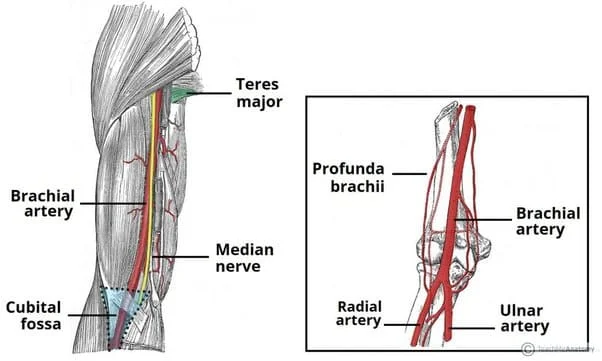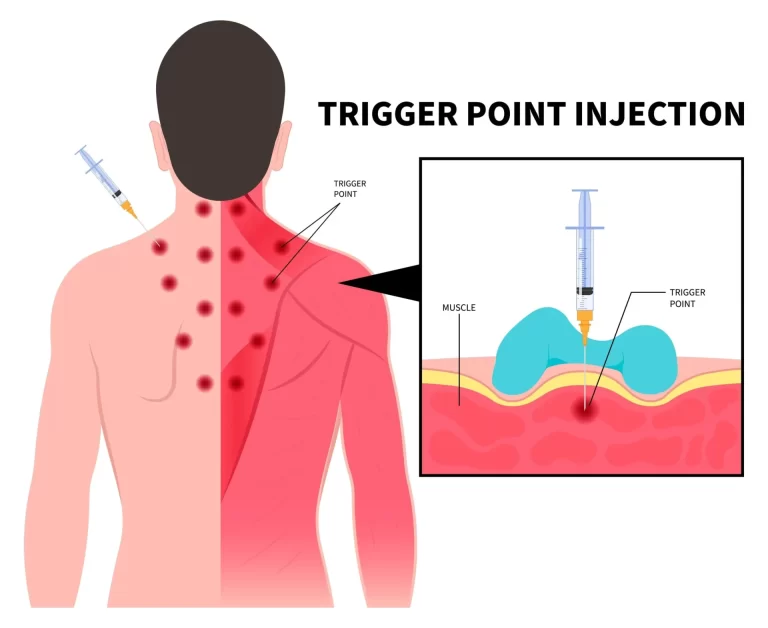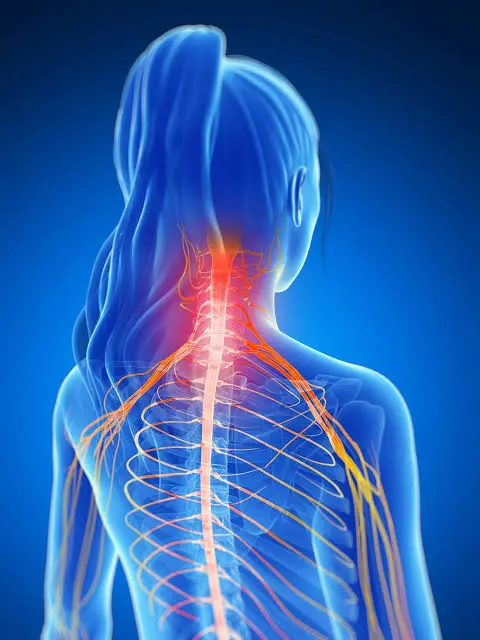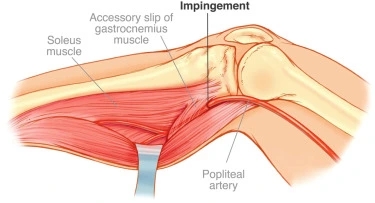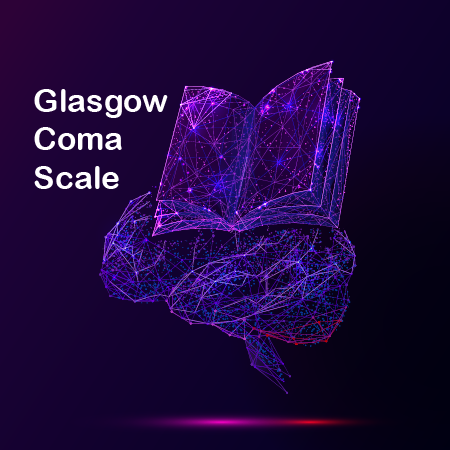Brachial Artery
Introduction The brachial artery is a major blood vessel of the upper arm, extending from the shoulder to the elbow. It is the main artery supplying blood to the arm and plays a crucial role in maintaining adequate blood flow to the tissues of the upper limb. It is the continuation of the axillary artery…

